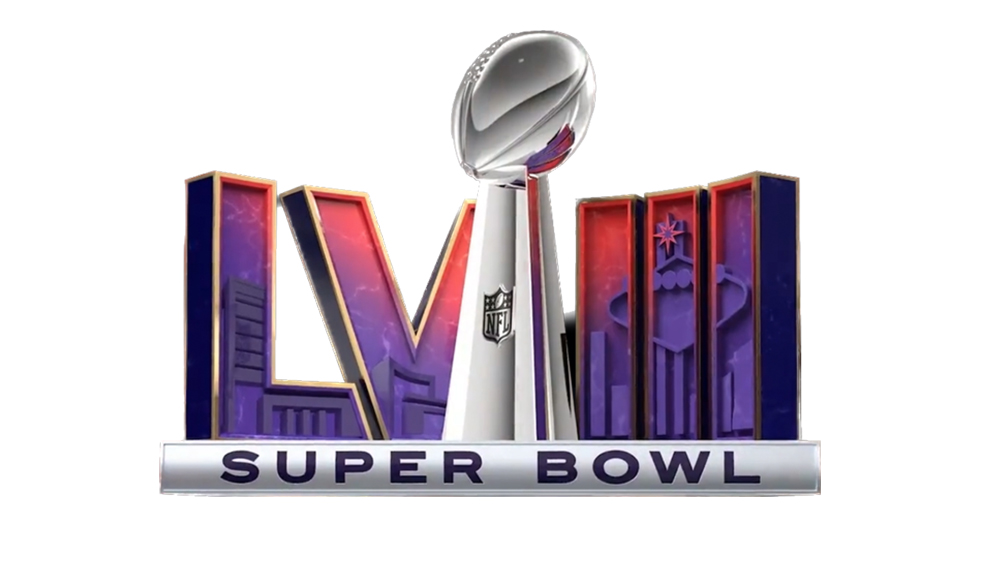The confetti has settled, the halftime show faded, and the Kansas City Chiefs stand victorious. But for brands who shelled out millions for a coveted 30-second Super Bowl ad slot, the game is just the beginning. Was it a touchdown for their marketing budgets, or an incomplete pass? Let’s delve into the media spend and advertising strategies of Super Bowl 2024.
Millions on the Minute: This year, the average cost of a 30-second ad hovered around the $7 million mark, a record high. With an estimated 115 million viewers tuning in, that’s a hefty price tag for fleeting fame. But for major brands, the Super Bowl’s unparalleled reach makes it a risk worth taking.
Beyond the Big Screen: Gone are the days of one-and-done commercials. Today, Super Bowl ads are just the tip of the iceberg. Brands leverage multi-channel campaigns, amplifying their message across social media, streaming platforms, and even the metaverse. Think pre-game teasers, interactive experiences, and behind-the-scenes content to keep the conversation going long after the final whistle blows.
Humor Reigns Supreme: This year, lighthearted comedy was the name of the game. From Arnold Schwarzenegger and Danny DeVito’s playful banter for State Farm to Ben Affleck, Jennifer Lopez, Matt Damon, and Tom Brady’s Dunkin’ Donuts reunion, brands knew how to make viewers laugh. But not everyone played it safe. Dove and Google dared to go deeper, tackling themes of body positivity and inclusivity, sparking thought-provoking conversations.
The Rise of Tech and Nostalgia: From Verizon’s AI-powered Beyonce to Paramount’s mashup of iconic characters, technology and nostalgia played a starring role. These ads tapped into viewers’ love for familiar faces and the excitement of innovation, proving that even a classic formula can get a tech-savvy upgrade.
Measuring the Impact: So, did the billions spent translate to brand success? Analyzing social media engagement, website traffic, and sales figures will tell the full story. While some ads may have garnered instant buzz, the true test lies in their long-term impact on brand perception and consumer behavior.
The Halftime Show Spotlight: Now, to the main event! Usher didn’t just perform, he orchestrated a Vegas-style spectacular. His high-energy mix of hits, coupled with iconic guests like Alicia Keys, H.E.R.,and Lil Jon, had the crowd (and social media) buzzing. While some questioned the lack of a major pop music headliner, Usher’s undeniable talent and nostalgic throwback brought viewers together and further emphasized the power of live entertainment as a marketing tool.
The Final Score: The Super Bowl remains a unique marketing opportunity, but it’s not a magic bullet. Brands need to go beyond big budgets and celebrity cameos to create memorable ads that resonate with viewers and align with their overall marketing goals. Whether it’s through humor, heart, or innovation, the ultimate win lies in creating a connection that transcends the fleeting moment of the game and endures in the minds of consumers long after the confetti settles.



